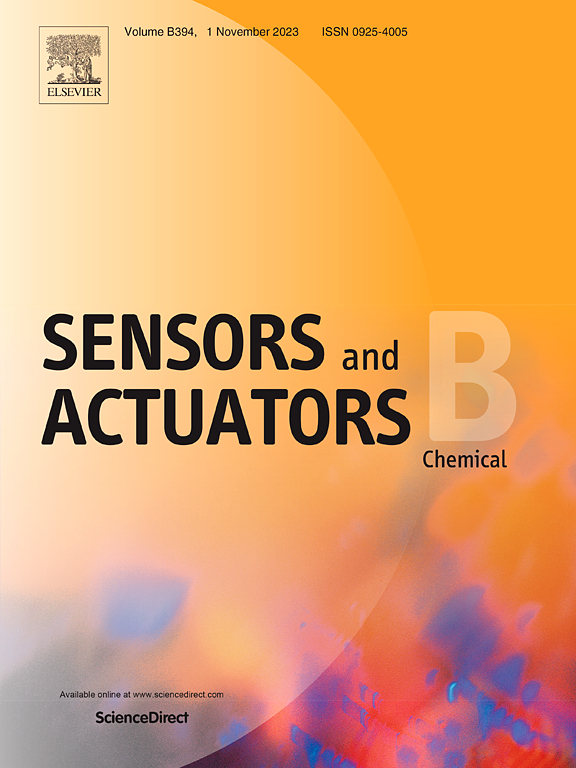Screening and diagnosis of colorectal cancer using nucleic acid aptamers targeting Solobacterium moorei: Development of electrochemical sensors for clinical application
IF 8
1区 化学
Q1 CHEMISTRY, ANALYTICAL
引用次数: 0
Abstract
Colorectal cancer (CRC) represents a significant global health issue, necessitating innovative approaches for early screening and diagnosis. Recent advances in molecular diagnostics have highlighted the potential of aptamers for use as highly specific and sensitive probes for detecting cancer biomarkers. In this study, we focus on the identification of aptamers that selectively bind to Solobacterium moorei (S. moorei), a bacterium associated with CRC. By integrating these aptamers into electrochemical sensor platforms, a reliable diagnostic tool is created for facile implementation in the clinical setting. More specifically, nucleic acid aptamers for S. moorei were obtained through whole-cell SELEX, and the affinity and specificity of these aptamers were validated. Subsequently, two types of electrochemical sensors were developed. Firstly, an electrochemical impedance spectroscopy sensor was developed to detect impedance changes on the electrode surface, which were caused by the binding of S. moorei to the aptamer. Secondly, a CRISPR/Cas12a-based electrochemical aptasensor was developed based on the ability of the Cas12a enzyme to be activated by specific single-stranded DNA, triggering its trans-cleavage activity. The limits of detection of these sensors for S. moorei were 30 and 6 CFU/mL, respectively. Clinical validation was performed using patient samples to assess the sensor efficacy in a real-world setting. The obtained results suggested that the abundance of S. moorei in the feces of CRC patients was significantly greater compared to that of healthy individuals. This integration of S. moorei aptamers into electrochemical sensors offers a non-invasive and cost-effective alternative to current screening methods available for CRC.
利用以莫雷溶杆菌为靶标的核酸适配体筛查和诊断结直肠癌:开发用于临床应用的电化学传感器
本文章由计算机程序翻译,如有差异,请以英文原文为准。
求助全文
约1分钟内获得全文
求助全文
来源期刊

Sensors and Actuators B: Chemical
工程技术-电化学
CiteScore
14.60
自引率
11.90%
发文量
1776
审稿时长
3.2 months
期刊介绍:
Sensors & Actuators, B: Chemical is an international journal focused on the research and development of chemical transducers. It covers chemical sensors and biosensors, chemical actuators, and analytical microsystems. The journal is interdisciplinary, aiming to publish original works showcasing substantial advancements beyond the current state of the art in these fields, with practical applicability to solving meaningful analytical problems. Review articles are accepted by invitation from an Editor of the journal.
 求助内容:
求助内容: 应助结果提醒方式:
应助结果提醒方式:


